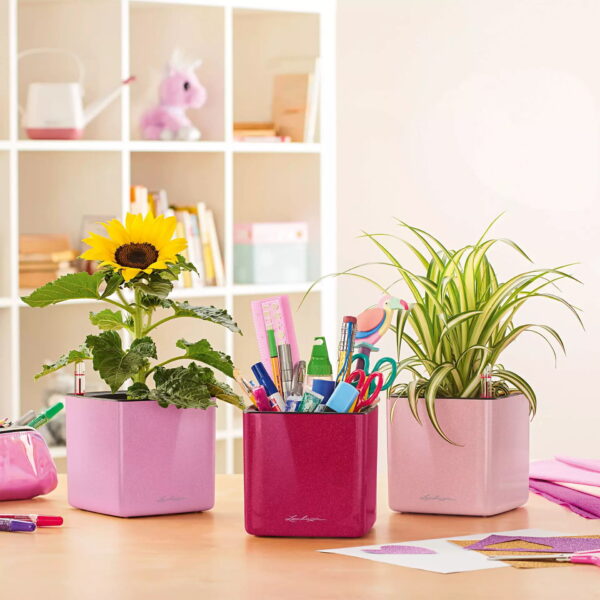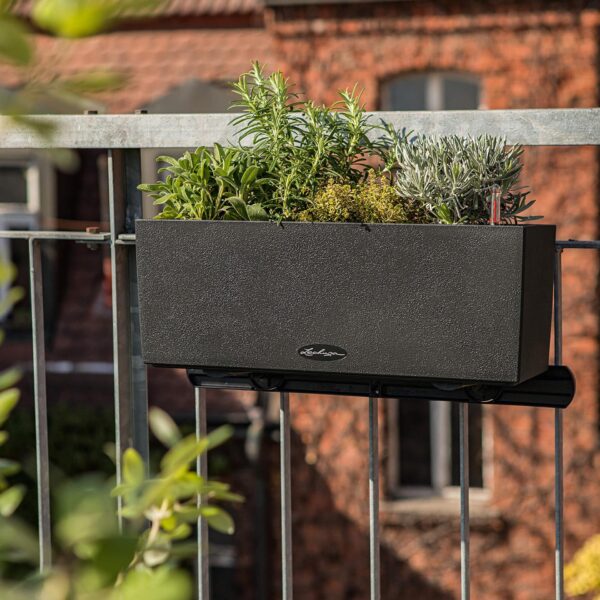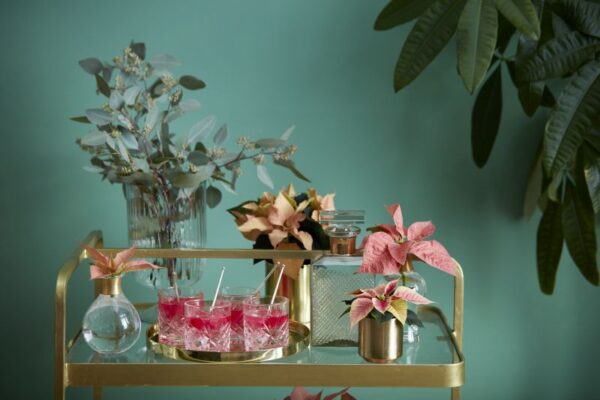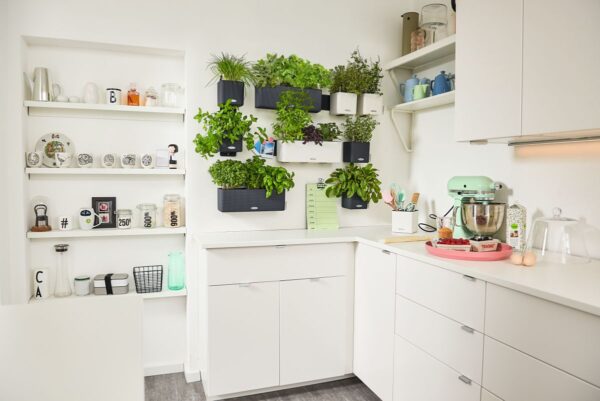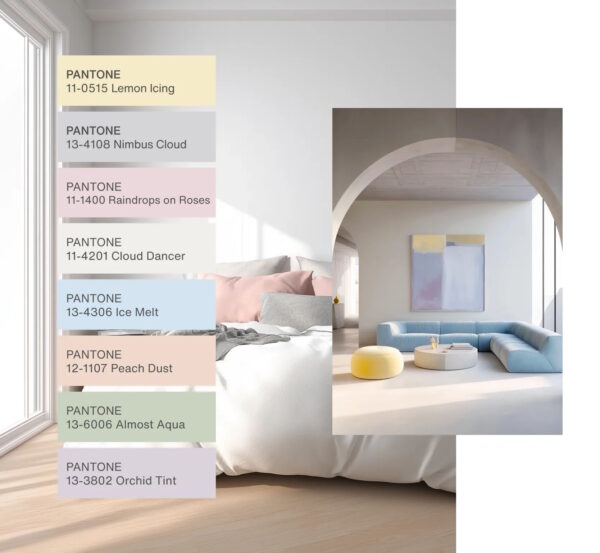Do you like the sound of an ornamental bush that has the colourful beauty and strength of a Rhododendron and compact neatness of a Boxwood, but without its susceptibility to disease? Let us introduce you to Bloombux, botanical name: Rhododendron micranthum Bloombux.
Whilst the appeal of fresh plants in a home environment is abundantly clear, gardening is a trickier hobby if you live in an apartment or have very limited outdoor space. This is when container gardening comes into its own, with everything from tomatoes and lettuce to decorative shrubs and small trees adorning balconies, patios and doorsteps nationwide.
Boxwoods are traditional favourites when it comes to decorating doors, gateways and balconies, but they’re not the easiest of plants to maintain, being suscpetible to a variety of pests and diseases, such as Boxwood blight, root rots, volutella stem blight or canker, Macrophoma leaf spot and more.
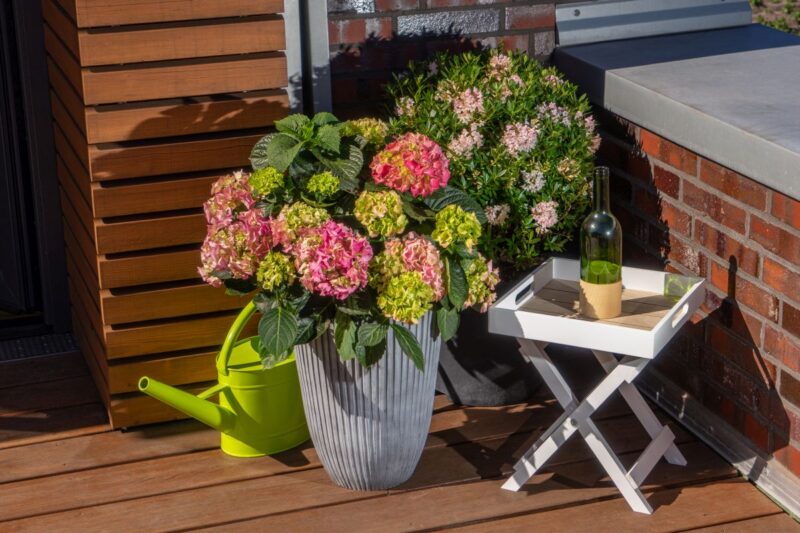
Pests are also a problem for Boxwoods, which are home to hungry and hard to eradiate box tree moths (Glyphodes perspectalis), which have been spreading around the UK for several years, killing many Boxwoods along the way.
Rhododendron resilience
As a hardy member of the rhododendron family, the evergreen Bloombux has been specially cultivated to not just fulfill but surpass the Boxwood as a container plant of choice, and is ideally suited to city balconies as well as groundfloor outdoor spaces.
Blooming from May to June with beautiful pink or magenta flower balls, winter-hardy Bloombux will thrive in moist, humus-rich soil and will survive temperatures as low as -24°C.
Creative IKARHO plant breeding has cultivated Bloombox as a Boxwood alternative which is tolerant to lime and can therefore thrive on almost any well-drained garden soil. Another advantage over Boxwood is that Bloombux will spring into glorious life during its peak season, with flowers that reach up to 8cm in diameter.
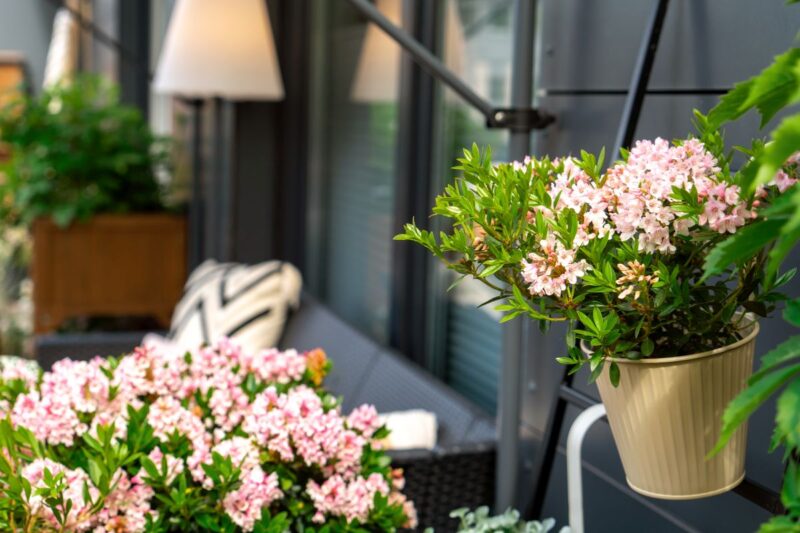
The evergreen foliage is also a welcome splash of emerald green during winter and is comfortable in both full sun and partial shade. With its dense and compact growth, this is also a bush that you can trim to your heart’s content.
Tip: The best time for pruning is after flowering, to ensure that the new flower buds for the next year are not cut off.
As well as making a fabulous container plant, Bloombux will also serve well as a low border plant in cottage gardens or – thanks to its good trimmability – as a bee-friendly flowering hedge. Even enthusiasts of Japanese gardens will find that Bloombux enhances their specialised scheme with its delightful pink spectrum blossoms.
Beautify your Balcony
With house prices at a premium and expansive gardens a distant dream for many people, urban gardening is a positive growing trend which enables town, city and other apartment block residents to beautify their balconies.
The hardy perennial Bloombux is particularly well-suited to this task, not only blooming profusely in spring-summer and surviving the bitterest of British winters, but staying at a manageable size of below 1m and responding well to pruning. Create your own balcony beauty with the following easy steps.
Kit: A good, strong container, optionally a drill, a small shovel, clay pellets, soil, a small piece of pottery, possibly a liner to prevent the soil from spreading everywhere and, of course, a fresh Bloombux plant, which can be purchased from many good garden centres and nurseries nationwide.
Make sure your container has drainage holes in the bottom. If not, use the drill to create a small hole in the centre, so that excess water can seep out during heavy rain. Place a piece of pottery (curved side up) over the hole to prevent too much water or soil from escaping. Then fill about a quarter of the container with a layer of clay pellets or gravel to further prevent waterlogging.

Start to fill the rest of the container with potting soil and settle your new Bloombux plant into a secure position inside the container, so it is full bedded into the soil with no roots showing. It’s also a good idea to top up the container with a handful of horn shavings at the end, which will serve as a natural fertiliser. Then you can water your pretty new dwarf shrub and watch it grow! By May you will be rewarded with vibrant blooms that will make your balcony a delight during bright and warm spring evenings.
Tip: Complementary hanging plants such as the incense plant or baby’s tears, Dichondra, or silver falls will help you create a harmonious scheme that is also economical on space.






